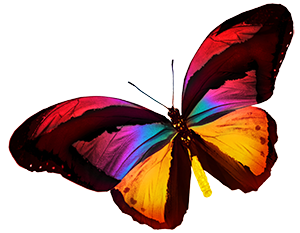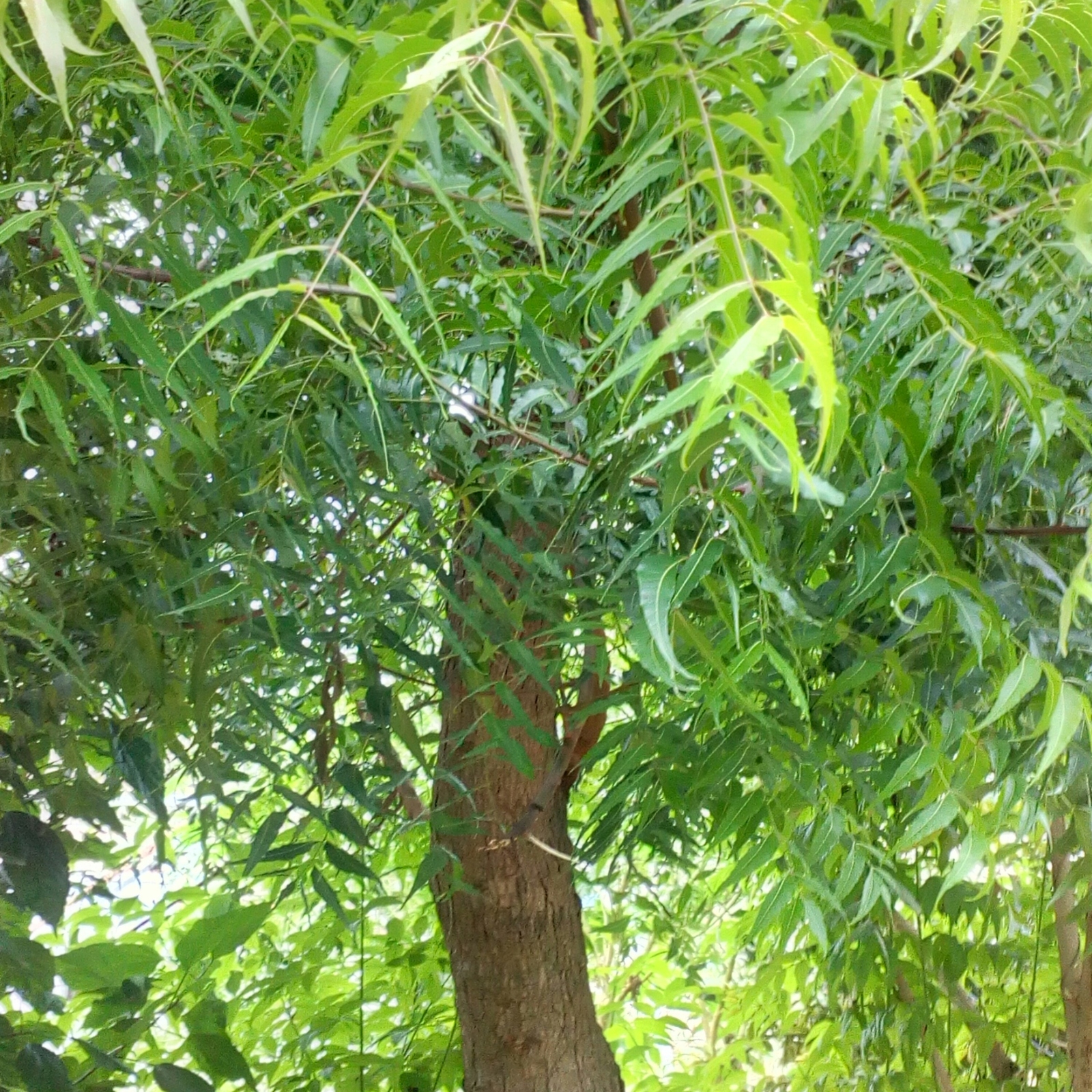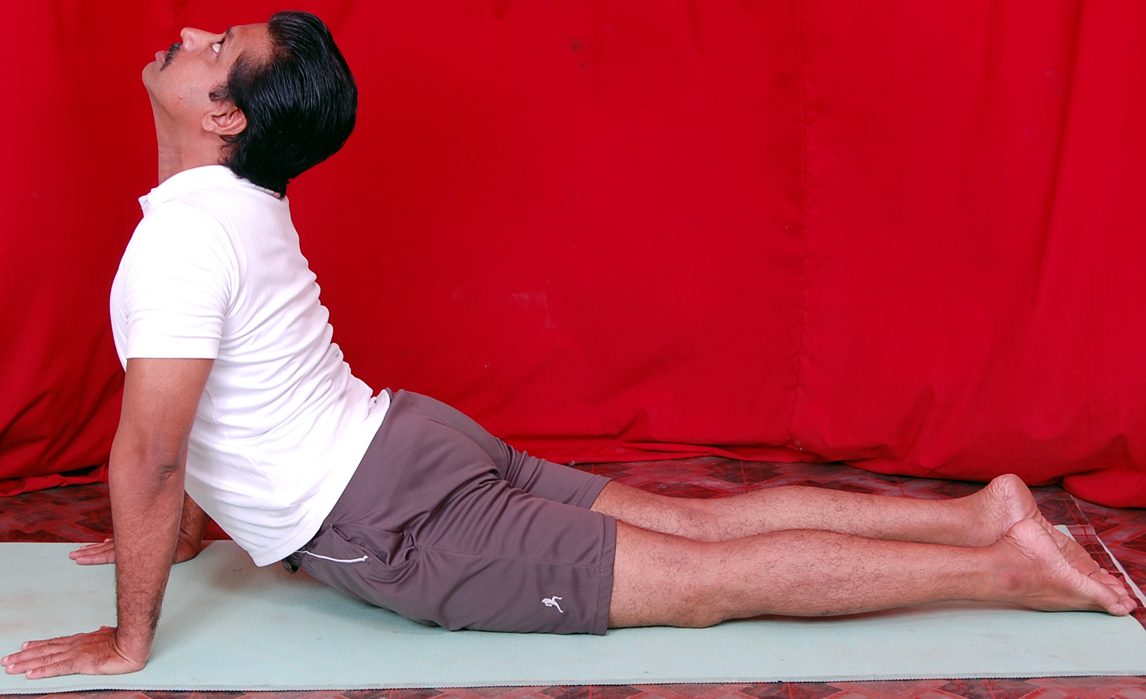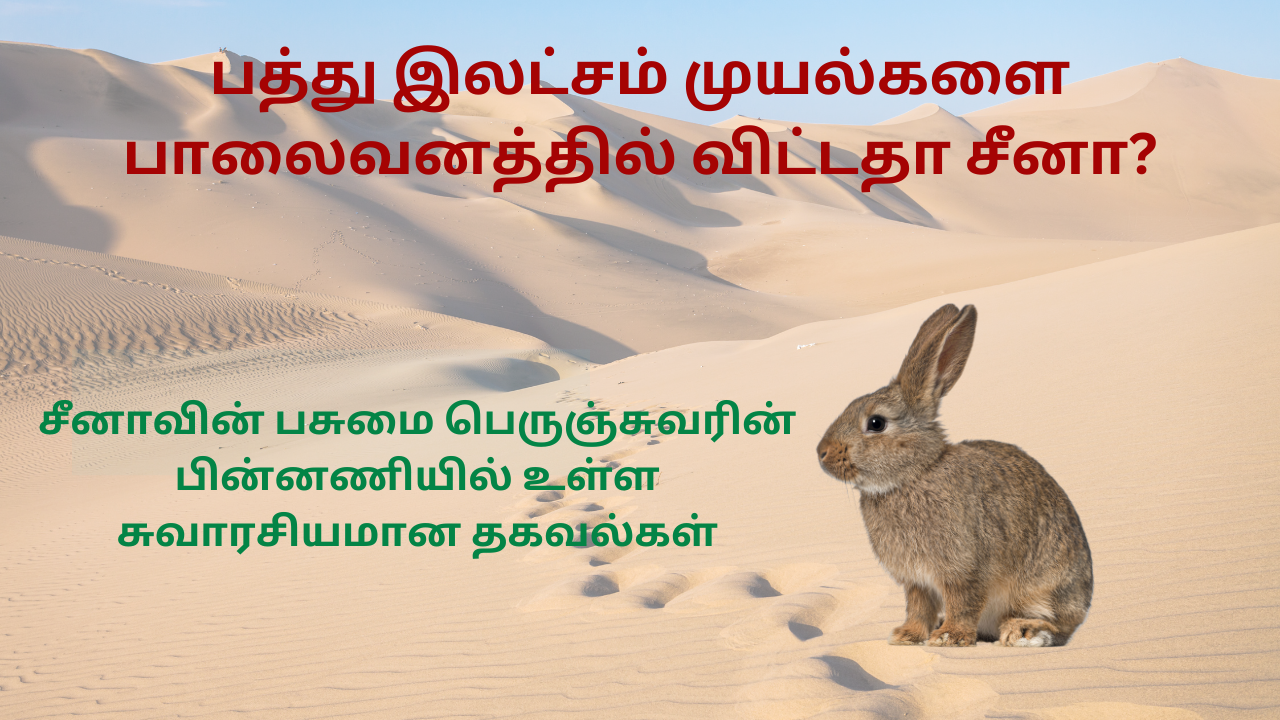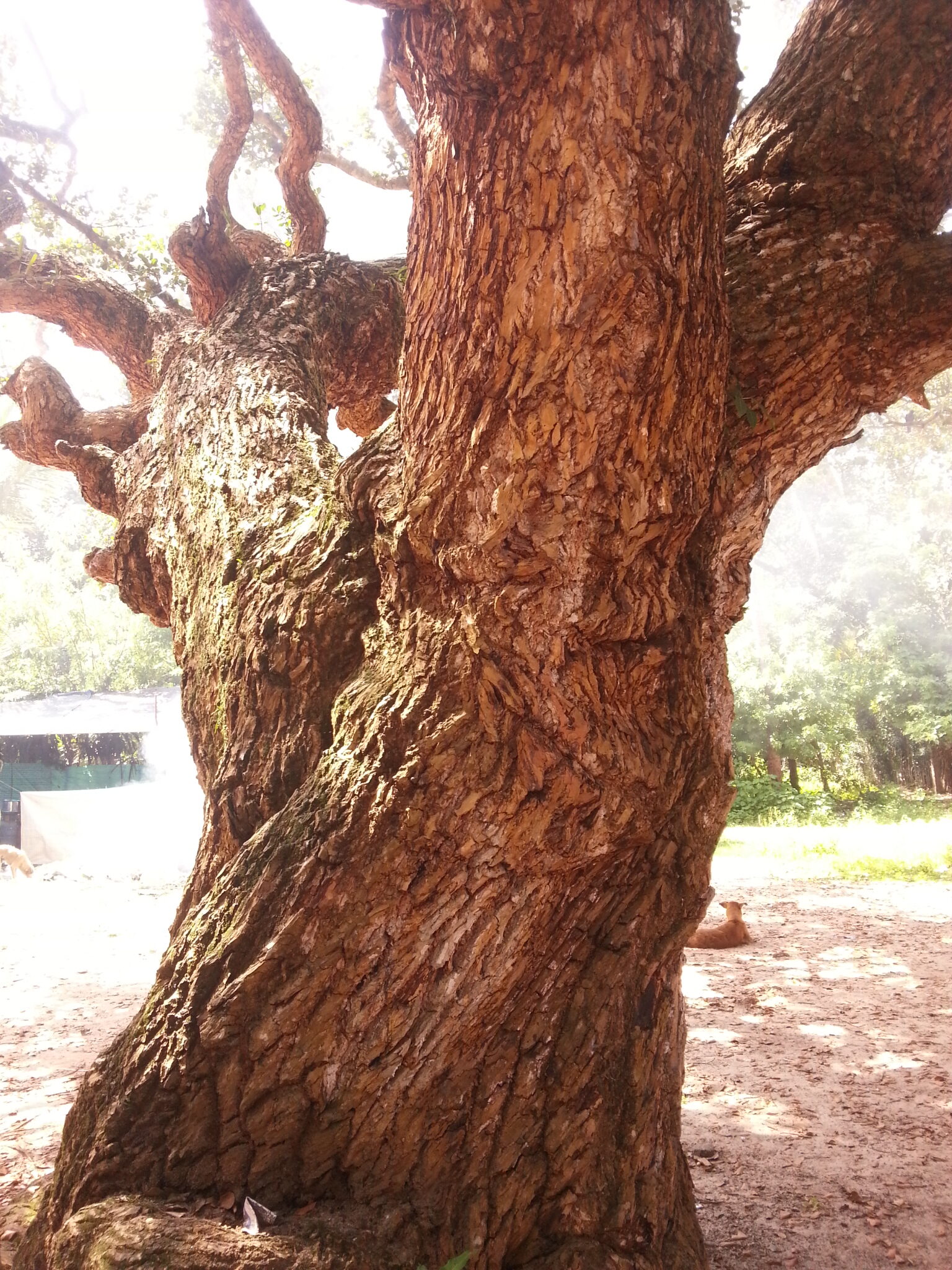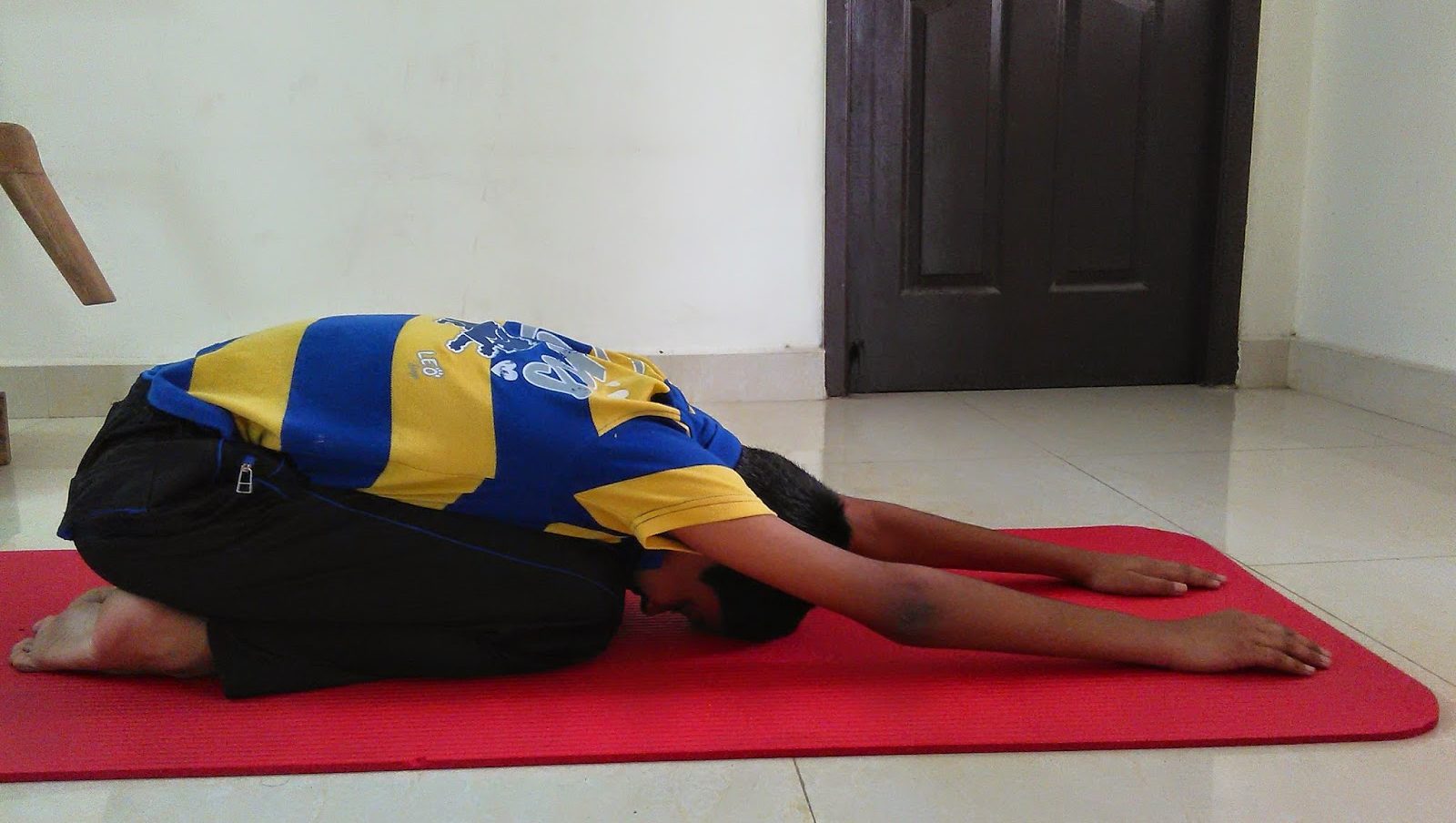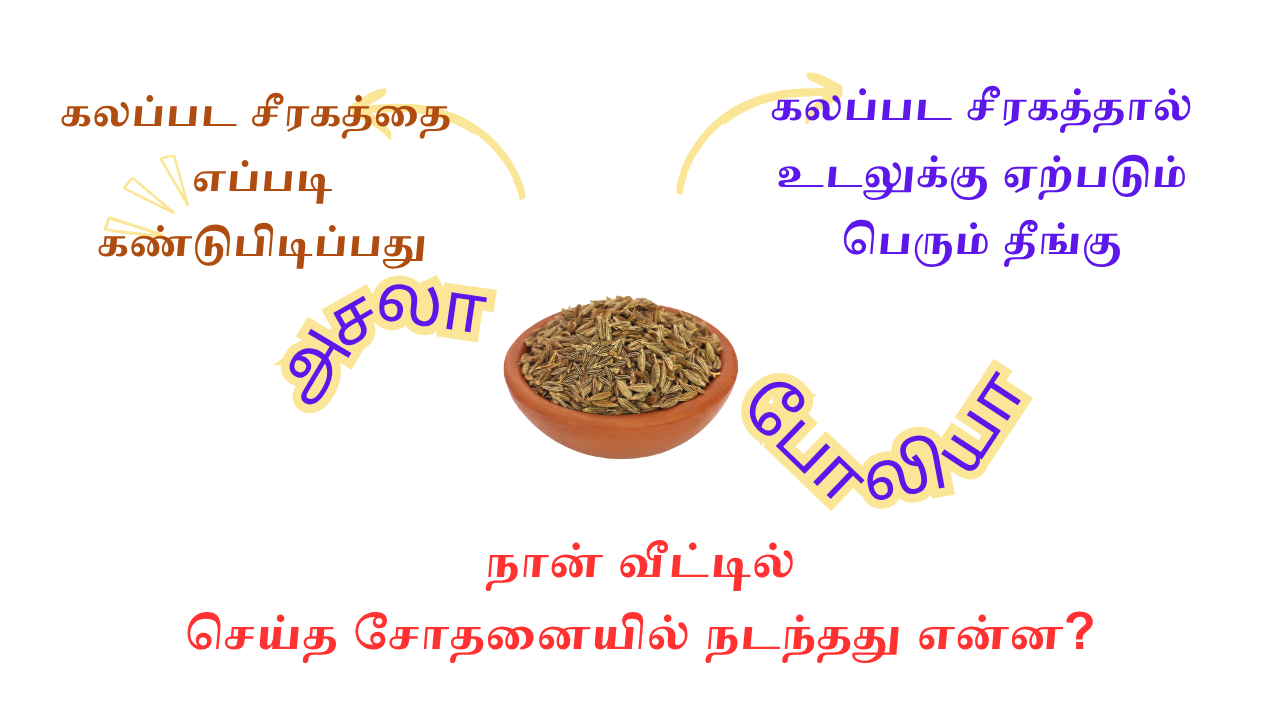We have, earlier, covered the benefits and how-to-do of Bound Angle Pose and Upward Seated Angle Pose. Today will be about Reclining Angle Pose. The pose is called Supta Konasana in Sanskrit. The pose can be performed after Plough Pose.
Reclining Angle Pose stimulates visudhdhi chakra. This chakra is responsible for communication skill and self-expression.
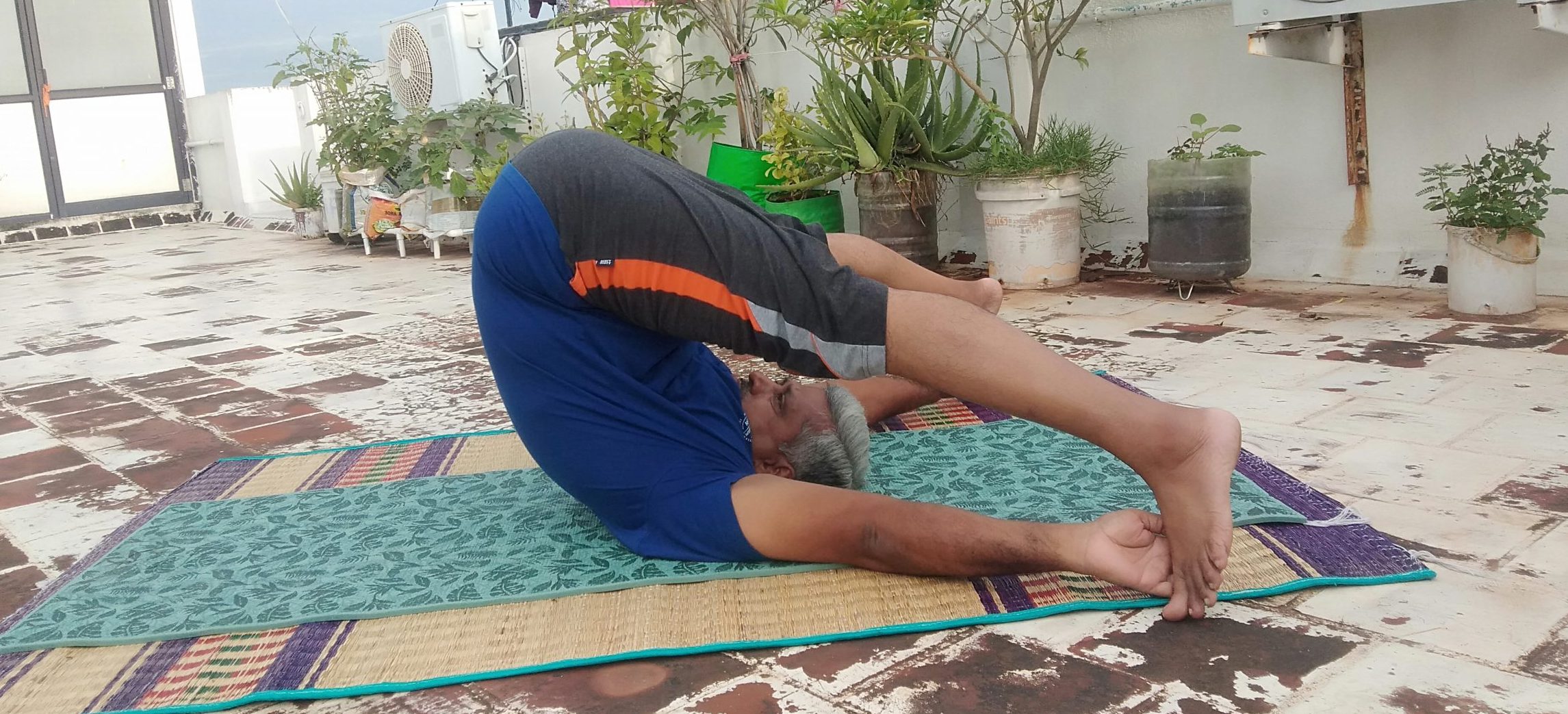
Other Benefits of Reclining Angle Pose
- Stretches and strengthens the spine
- Back muscles are strengthened.
- Improves flexibility of the body
- Regulates thyroid function
- Regular practice of the pose helps to strengthen the nervous system.
- Promotes youthful appearance
- Energizes the whole body
- Strengthens abdominal organs
- Promotes function of digestive system
- Abdominal muscles get strengthened.
- Reduces tummy fat
- Promotes flexibility of hips
- Reduces excess fat in hips and thighs
- Cures infertility
- Strengthens legs
- Relieves menstrual pain
- Improves focus
- Practicing the pose helps to relieve stress.
Step-by-Step Guide
- Lie down on your back stretching your legs and with hands by your sides.
- Exhale as you assume Plough Pose.
- Bring your hands over your head and hold the feet. Alternately, you can hold the big toes.
- Stretch your legs sideways.
- Hold the pose for 20 to 30 seconds.
- To release the pose, release your legs and assume Plough Pose. Raise your legs off the floor and stretch them forward to return to starting position.
Note
Those with severe neck conditions, spine and hip problems should refrain from practicing Plough Pose.
In case of difficulty in placing the feet behind the face on the floor, you can place a yoga block behind each of your two feet and place your feet on the same.
In case your neck hurts while your legs are on the floor behind you, you can place a folded blanket under your shoulders and neck.
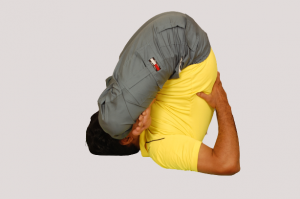
Yoga Pose for Day 93 - Lotus in Plough Pose
Today's yoga pose involves performing Lotus Pose in Plough Pose. You are well aware of both the poses. The pose is called Padma Halasana in Sanskrit. It is also called as Padma Pindasana meaning Lotus Embryo Pose, though there is slight variation to Lotus in Plough Pose.
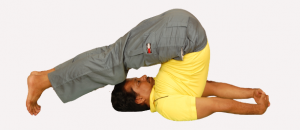
Yoga Pose for Day 91 - Plough Pose (Halasana)
In one of our earlier posts, we have covered the benefits and how-to-do of Half Plough Pose. Today's pose is a full version of Half Plough Pose, that is, Plough Pose. It is called as Halasana in Sanskrit. 'Hala' means 'plough'.
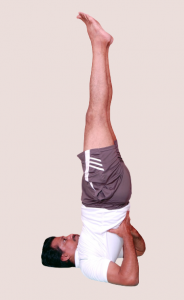
Yoga Pose for Day 90 - Shoulder Stand (Sarvangasana)
Shoulder Stand is called Sarvangasana in Sanskrit. 'Sarva' means 'all' and 'anga' means 'body parts'. This pose involves holding the weight of the body in shoulders and head. Shoulder Stand is called the Queen of all Yoga Poses.
